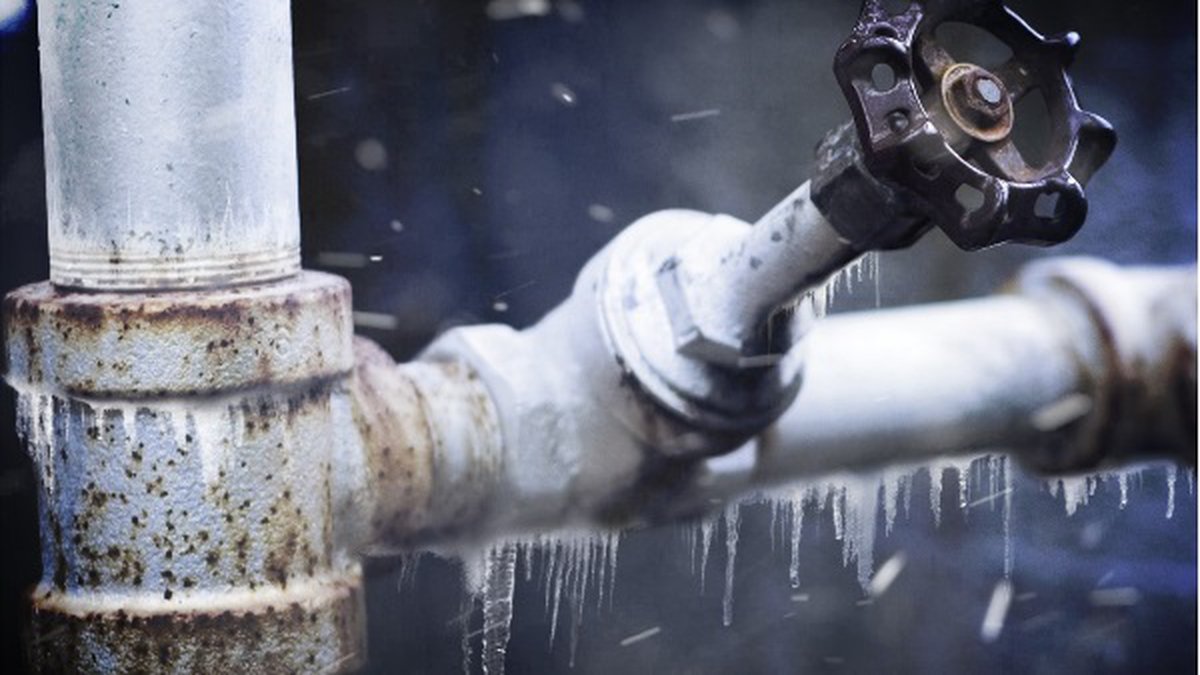

Articles
6 Ways To Prevent Frozen Pipes
Modified: February 29, 2024
Learn how to prevent frozen pipes with these helpful articles. Discover 6 effective ways to protect your pipes from freezing and avoid costly repairs.
(Many of the links in this article redirect to a specific reviewed product. Your purchase of these products through affiliate links helps to generate commission for Storables.com, at no extra cost. Learn more)
Introduction
As the winter season approaches, it’s important to take precautions to prevent frozen pipes in your home. Frozen pipes can not only disrupt your daily activities but also cause extensive damage and costly repairs. When water freezes inside pipes, it expands and can lead to pipe bursts, leaks, and flooding.
Fortunately, there are several preventative measures you can take to protect your pipes from freezing. In this article, we will explore six effective ways to prevent frozen pipes and keep your plumbing system intact during the cold winter months.
Key Takeaways:
- Insulate pipes in unheated areas, seal cracks, and let faucets drip to prevent frozen pipes. These simple measures can protect your plumbing system and save you from costly repairs.
- Disconnect outdoor hoses, maintain a consistent temperature, and use heating devices for added protection. By taking these steps, you can minimize the risk of frozen pipes and ensure a hassle-free winter season.
Read more: How To Thaw Frozen Plumbing Pipes
Insulate Pipes
One of the most effective ways to prevent frozen pipes is by insulating them. Insulation helps to maintain a consistent temperature within the pipes, preventing them from getting too cold and freezing.
Start by identifying the exposed pipes in your home, such as those in unheated areas like basements, crawlspaces, and attics. Use foam insulation sleeves or wrapping materials specifically designed for pipes to cover these areas. Ensure that the insulation completely covers the pipes and provides a tight seal.
In addition to insulating exposed pipes, it’s also important to insulate pipes located near exterior walls and in cabinets. These pipes are more susceptible to cold temperatures, so installing insulation around them can provide an extra layer of protection.
It’s important to note that different types of pipes may require specific insulation methods. For example, foam insulation sleeves work well for metal pipes, while fiberglass insulation can be used for PVC pipes. To ensure proper insulation, consult a professional or follow manufacturer guidelines for your specific pipe materials.
Insulating pipes not only helps to prevent freezing but also conserves energy by reducing heat loss. By taking this simple step, you can significantly reduce the risk of frozen pipes and avoid potential water damage to your home.
Seal Cracks and Openings
Another important step in preventing frozen pipes is to seal any cracks and openings where cold air can enter your home. These openings can include gaps around windows and doors, cracks in the foundation or walls, and spaces around utility penetrations.
Cold air drafts can cause the temperature to drop in areas where your pipes are located, increasing the risk of freezing. By sealing these openings, you can prevent the cold air from reaching your pipes and maintain a warmer environment.
Start by inspecting the exterior of your home for any visible cracks or gaps. Use caulk or weatherstripping to seal these openings and prevent cold air infiltration. Ensure that all windows and doors are properly sealed, and consider using draft stoppers or door sweeps to prevent drafts from entering.
Inside your home, check for any cracks or gaps near the pipes or where they pass through walls or floors. Use expanding foam or sealant to seal these areas and create a barrier against cold air. Pay special attention to areas in basements, crawlspaces, or attics where pipes may be more exposed to colder temperatures.
Sealing cracks and openings not only helps to prevent frozen pipes but also improves your home’s energy efficiency. By reducing drafts, you can lower your heating costs and create a more comfortable living environment.
Let Faucets Drip
During extremely cold weather, another effective way to prevent frozen pipes is to let your faucets drip. Allowing a small, steady flow of water through the pipes can help prevent them from freezing.
When water is in motion, it is less likely to freeze compared to stagnant water. By keeping the water running, you can help prevent ice from forming and potentially causing a pipe to burst.
To implement this preventative measure, choose one or two faucets in your home to keep dripping. Ideally, select faucets that are located on exterior walls or in areas where the pipes are more exposed to the cold. It’s also a good idea to choose faucets that are furthest away from the water main, as this will ensure water flows through the entire system.
Remember that the goal is to create a slow and steady drip, not a steady stream of water. A small, consistent flow is sufficient to help prevent freezing while minimizing water waste.
While letting faucets drip is an effective preventive measure, it’s important to note that it may not completely eliminate the risk of frozen pipes. It should be combined with other preventative measures for optimal protection.
Additionally, be mindful of your water usage and the potential for increased water bills. While it may be an extra cost, the benefit of preventing frozen pipes and potential water damage outweighs the expense.
Tip: To prevent frozen pipes, insulate exposed pipes with foam sleeves or wrap them with heat tape. Keep garage doors closed and let faucets drip during extremely cold weather.
Disconnect Outdoor Hoses
One often overlooked step in preventing frozen pipes is disconnecting outdoor hoses. When left attached to outdoor faucets, hoses can trap water inside and cause the pipes to freeze and potentially burst.
Before the freezing temperatures arrive, take the time to disconnect all outdoor hoses and drain them of any remaining water. Start by turning off the outdoor water supply and then disconnect the hoses from the faucets.
Once detached, allow any water in the hoses to drain completely. Coil them up and store them in a sheltered location, such as a garage or shed, to protect them from the elements. By removing the hoses, you ensure that no water is trapped and that the outdoor faucets are not exposed to freezing temperatures.
It’s also a good idea to install outdoor faucet covers or insulating caps to provide an additional layer of protection. These covers are designed to prevent cold air from reaching the faucets and can help keep them from freezing.
By disconnecting outdoor hoses and preventing water from freezing in the outdoor faucets, you can significantly reduce the risk of frozen pipes and potential water damage.
Keep the Temperature Consistent
Maintaining a consistent temperature inside your home is crucial in preventing frozen pipes. Fluctuating temperatures can cause the pipes to expand and contract, increasing the risk of them freezing and potentially bursting.
During cold winter months, it’s important to set your thermostat to a consistent temperature, ideally above 55 degrees Fahrenheit (12 degrees Celsius). This will help ensure that the pipes are kept warm enough to prevent freezing.
Avoid turning off the heat completely, even if you’re planning to be away from home for an extended period. Instead, lower the thermostat to a slightly lower temperature than usual to save energy, but still keep the heat on and circulating throughout your home.
Pay special attention to unoccupied areas, such as basements, attics, and unused rooms. These areas may not receive as much heat as the rest of the house, making them more susceptible to freezing pipes. Consider using space heaters or heating cables specifically designed for pipes in these areas to provide additional heat and prevent freezing.
If you have a programmable thermostat, take advantage of its features to regulate your home’s temperature more efficiently. Schedule the thermostat to maintain a consistent temperature during the day and slightly lower it at night when everyone is asleep. This will help keep the pipes warm and reduce the risk of freezing.
By keeping the temperature inside your home consistent, you can minimize the chances of frozen pipes and avoid potential water damage.
Use Heating Devices
In addition to maintaining a consistent temperature, using heating devices can provide extra protection against frozen pipes. These devices help to deliver targeted heat to vulnerable areas and prevent freezing.
One effective heating device to consider is heat tape or heating cables. These flexible electrical cables are designed to wrap around pipes and provide consistent heat to keep them from freezing. Heat tape is easy to install and can be customized to fit the length of the pipes.
When installing heat tape, ensure that it is wrapped tightly around the pipes and secured in place using zip ties or electrical tape. Follow the manufacturer’s instructions to prevent overheating and ensure safety.
Another heating device to consider is a space heater. Place a space heater near exposed pipes or in areas where the temperature tends to drop, such as basements or crawlspaces. Make sure to use a space heater that is specifically designed for indoor use and follow all safety guidelines.
Remember to never leave space heaters unattended or use them while sleeping. Keep them away from flammable materials and ensure they are placed on a stable surface to prevent accidents or fire hazards.
If you have plumbing located in unheated areas, consider using portable heaters or infrared lamps to provide additional warmth. These devices can help maintain a steady temperature and prevent freezing.
However, it’s important to note that while heating devices can help prevent frozen pipes, they should not be solely relied upon. They should be used in conjunction with other preventive measures to ensure optimal protection.
By incorporating heating devices into your preventive strategy, you can provide an extra layer of warmth to your pipes and reduce the risk of freezing.
Conclusion
Preventing frozen pipes is a crucial task that should not be overlooked, especially during the cold winter months. Frozen pipes can lead to significant damage, costly repairs, and disruption to your daily life. By implementing the following six preventive measures, you can safeguard your plumbing system and avoid the hassle and expense of dealing with frozen pipes.
First, insulating pipes is an effective way to maintain a consistent temperature and prevent freezing. Identify exposed pipes and use insulation sleeves or wrapping materials to protect them.
Sealing cracks and openings in your home helps to prevent cold air from entering and keeps the pipes warm. Check for gaps around windows, doors, and utility penetrations, and use caulk or weatherstripping to seal them.
Letting faucets drip during extremely cold weather can prevent pipes from freezing. Keep a slow, steady drip to help keep the water flowing and reduce the chances of ice formation.
Disconnecting outdoor hoses and draining them of water is crucial to prevent freezing. Store the hoses in a sheltered area and use outdoor faucet covers for extra protection.
Maintain a consistent temperature inside your home, ideally above 55 degrees Fahrenheit (12 degrees Celsius). Use a programmable thermostat to regulate the temperature efficiently and consider using space heaters or heating cables in unoccupied or vulnerable areas.
Finally, using heating devices such as heat tape or space heaters can provide an extra layer of warmth and protect your pipes from freezing. However, remember that these should be used in conjunction with other preventive measures.
By implementing these preventive measures, you can significantly reduce the risk of frozen pipes and protect your home from water damage. Take the necessary steps ahead of time to ensure a safe and hassle-free winter season.
Frequently Asked Questions about 6 Ways To Prevent Frozen Pipes
Was this page helpful?
At Storables.com, we guarantee accurate and reliable information. Our content, validated by Expert Board Contributors, is crafted following stringent Editorial Policies. We're committed to providing you with well-researched, expert-backed insights for all your informational needs.
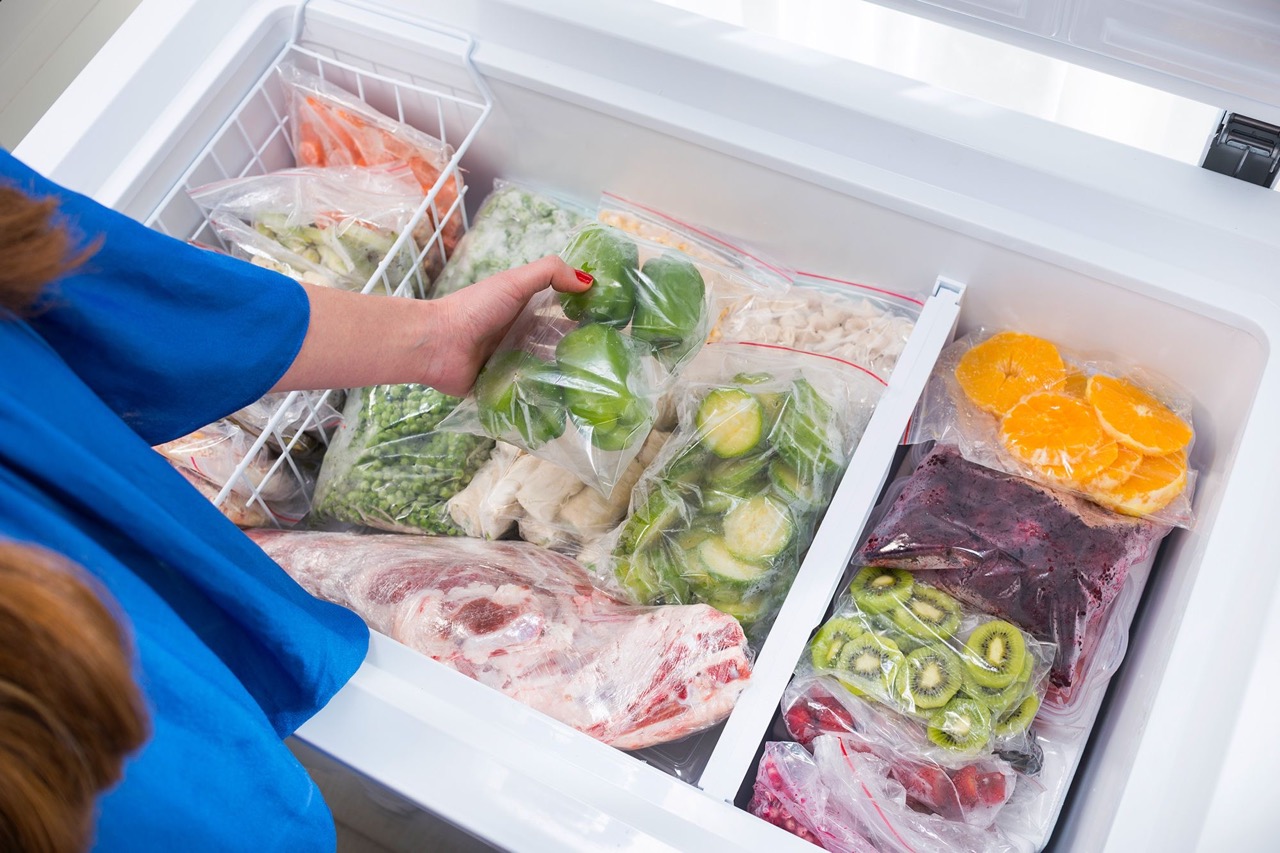
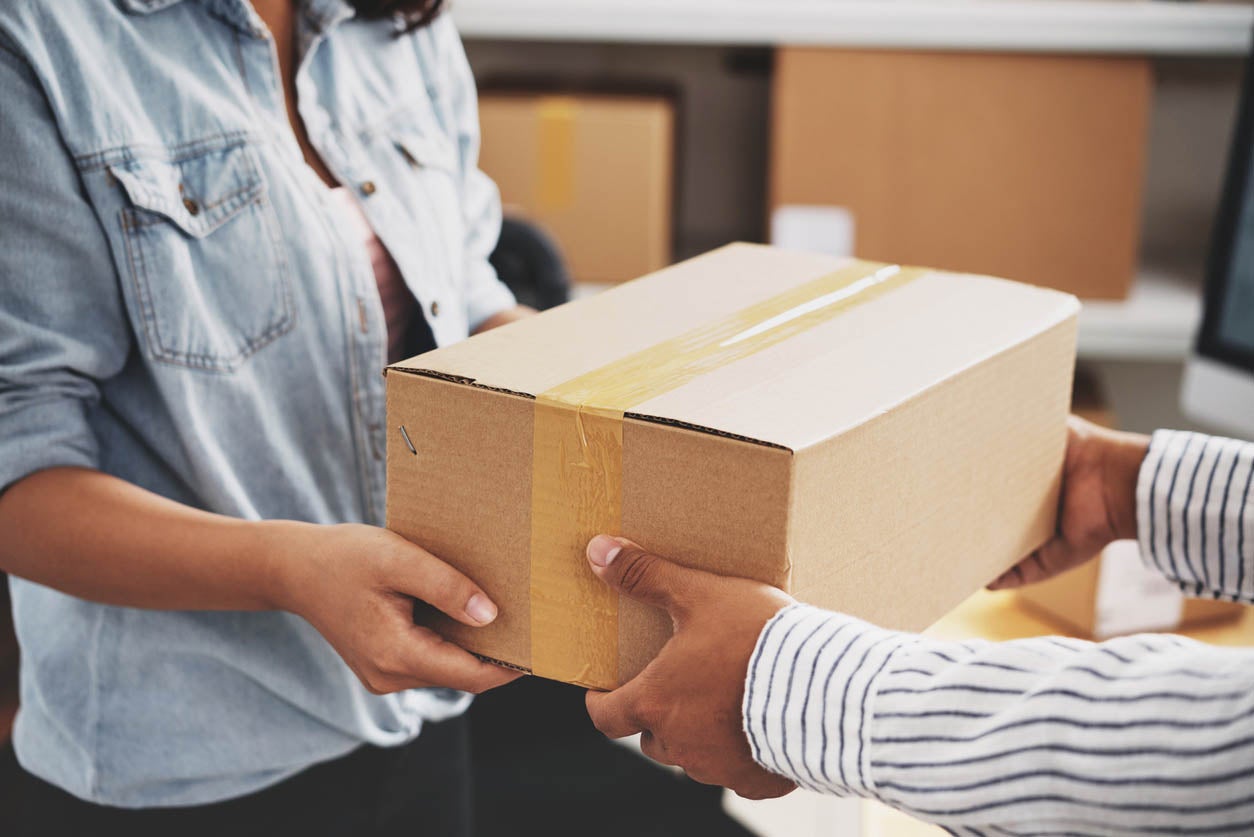
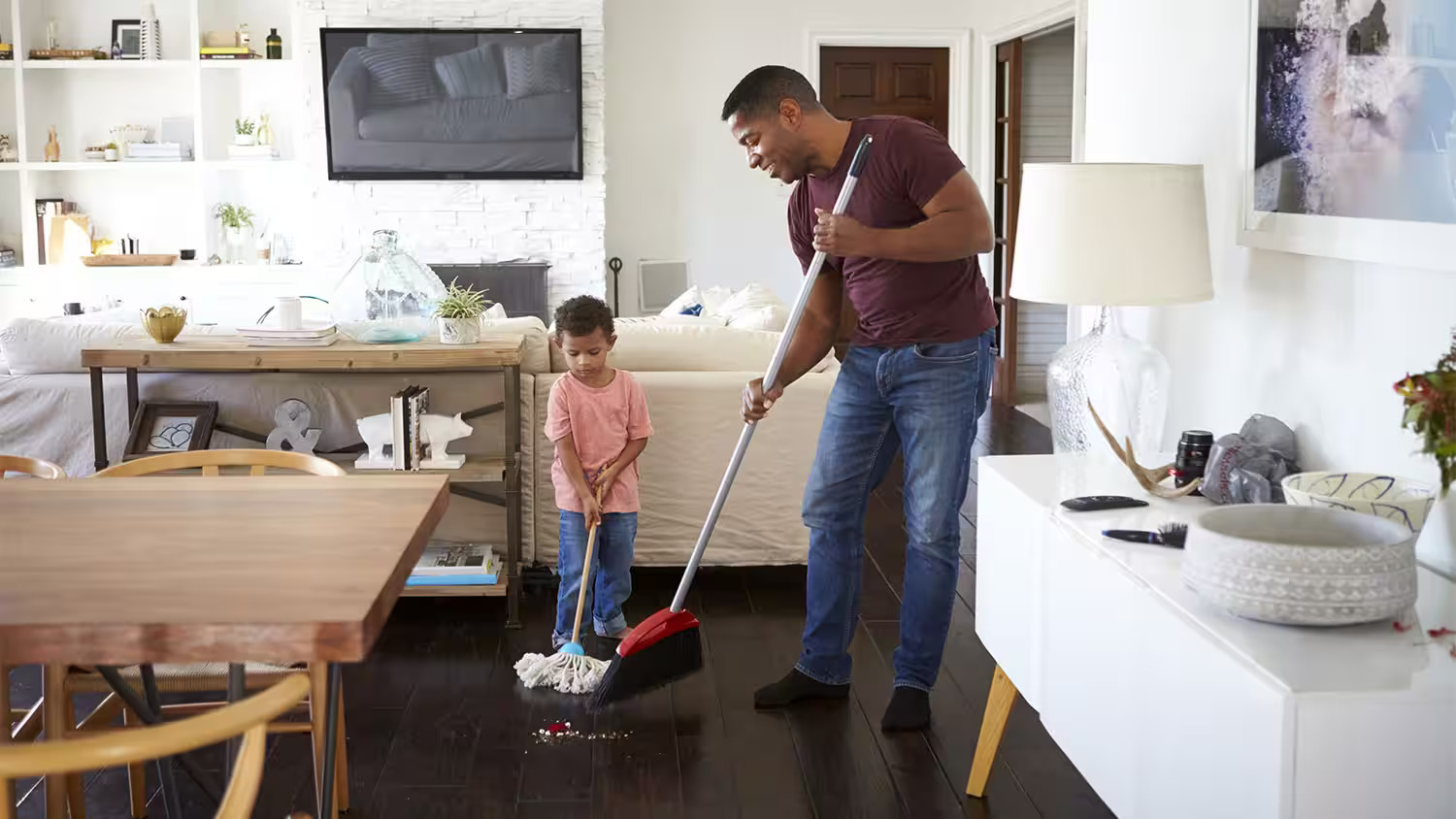
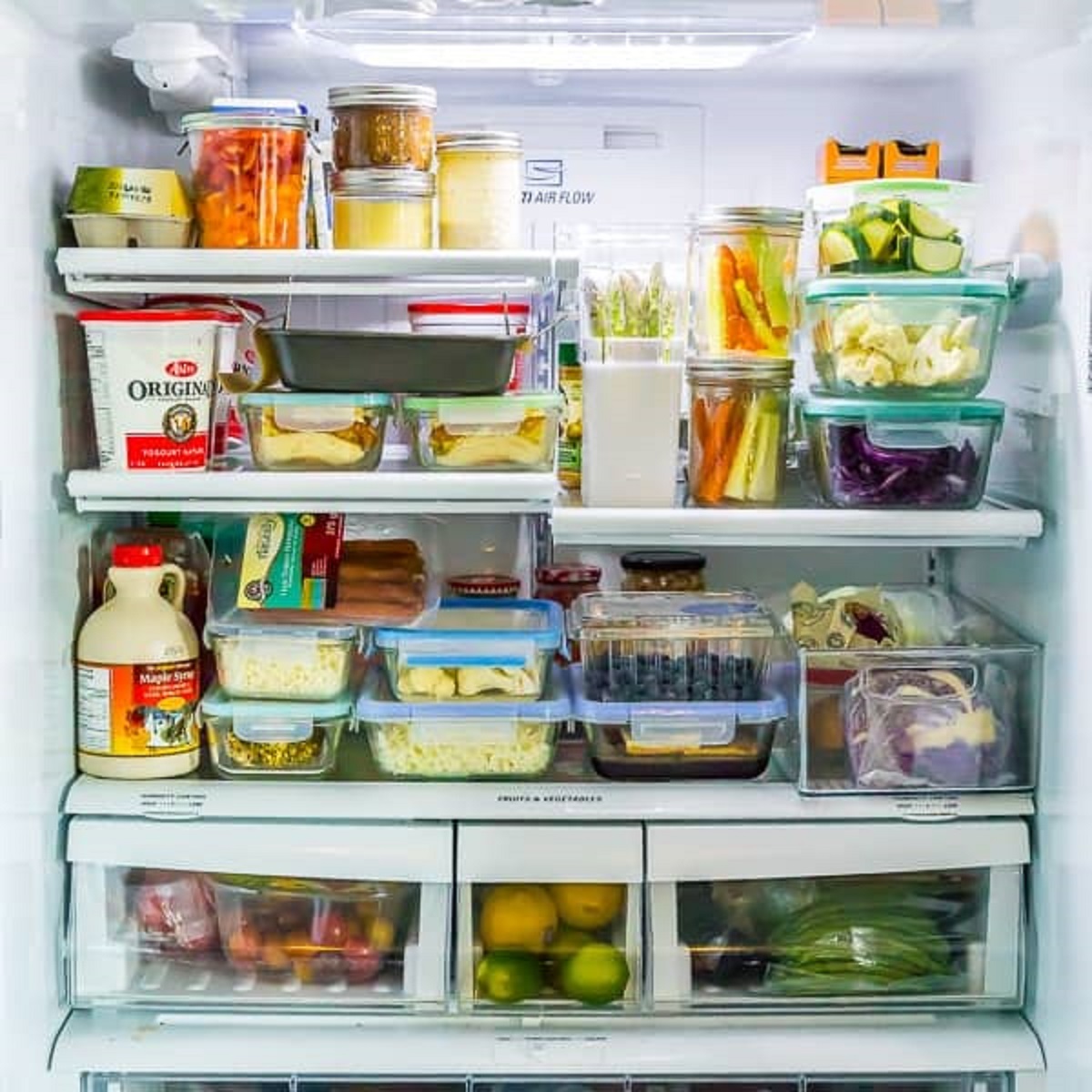
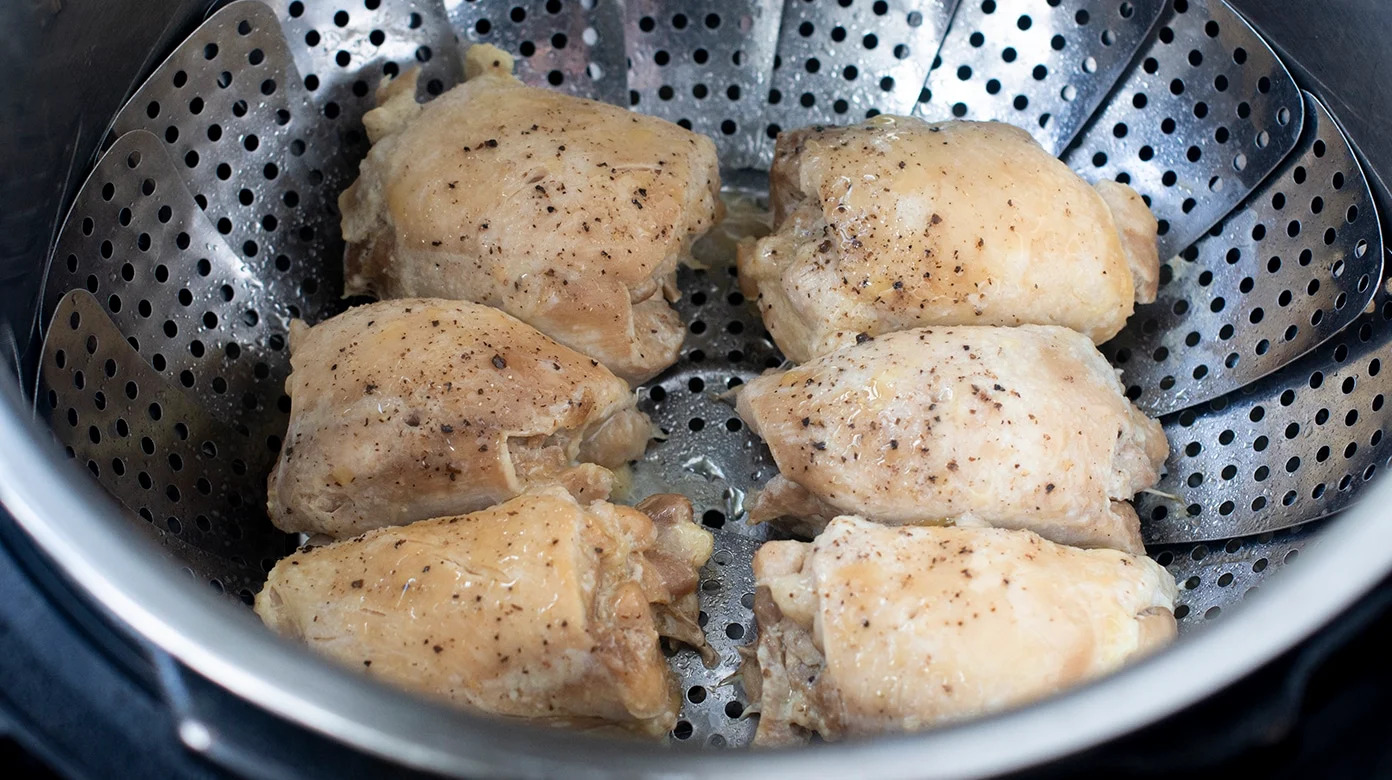



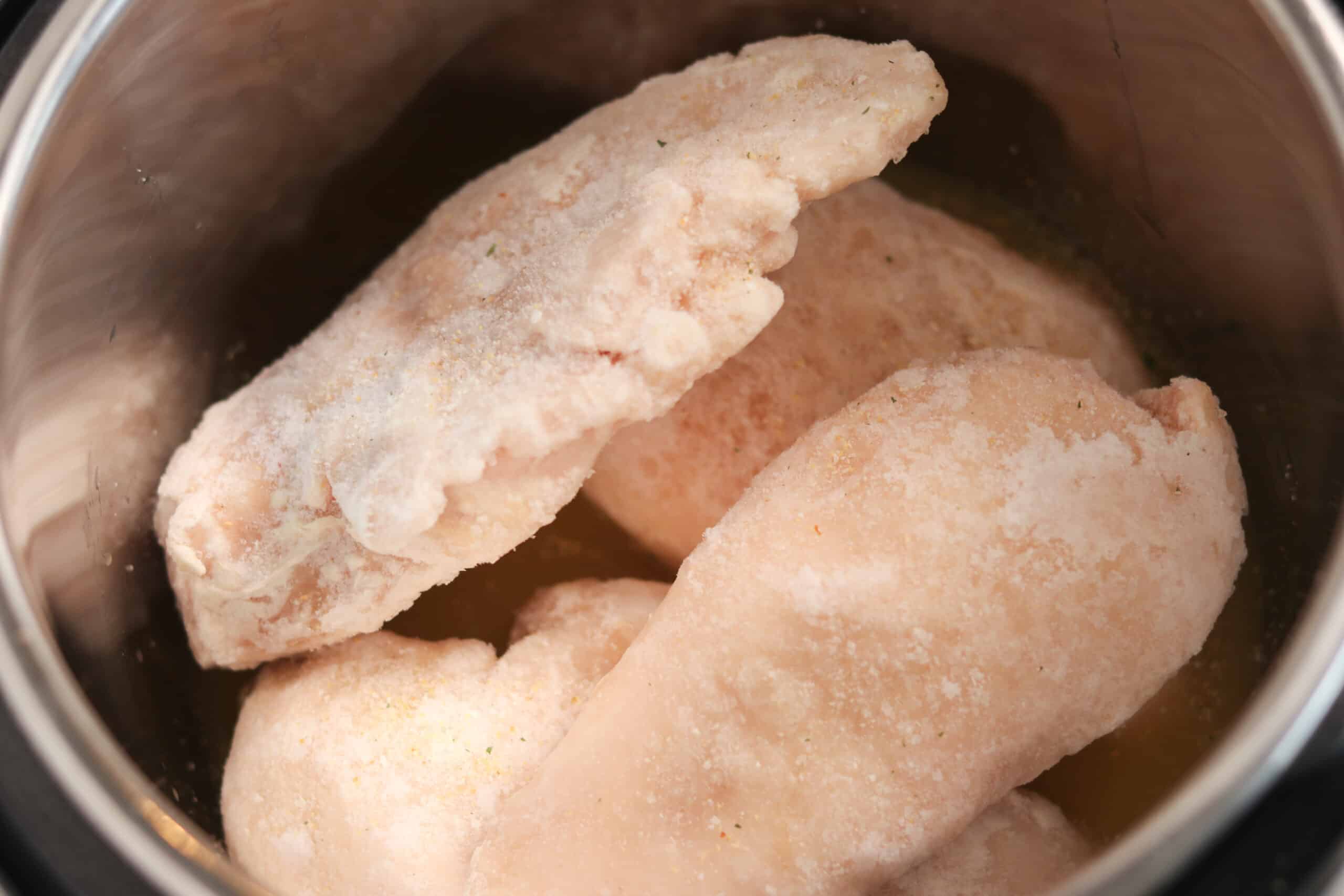
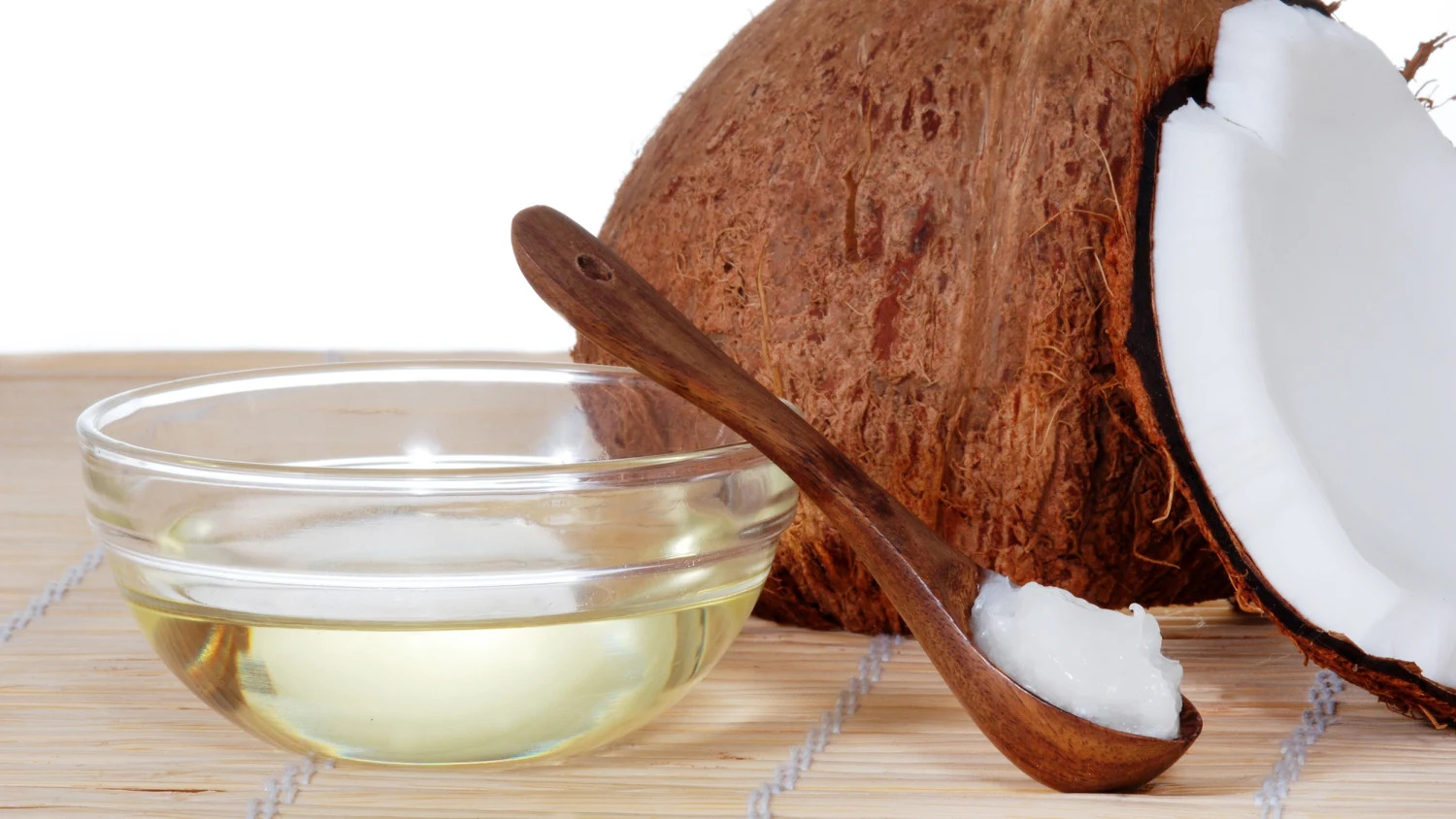
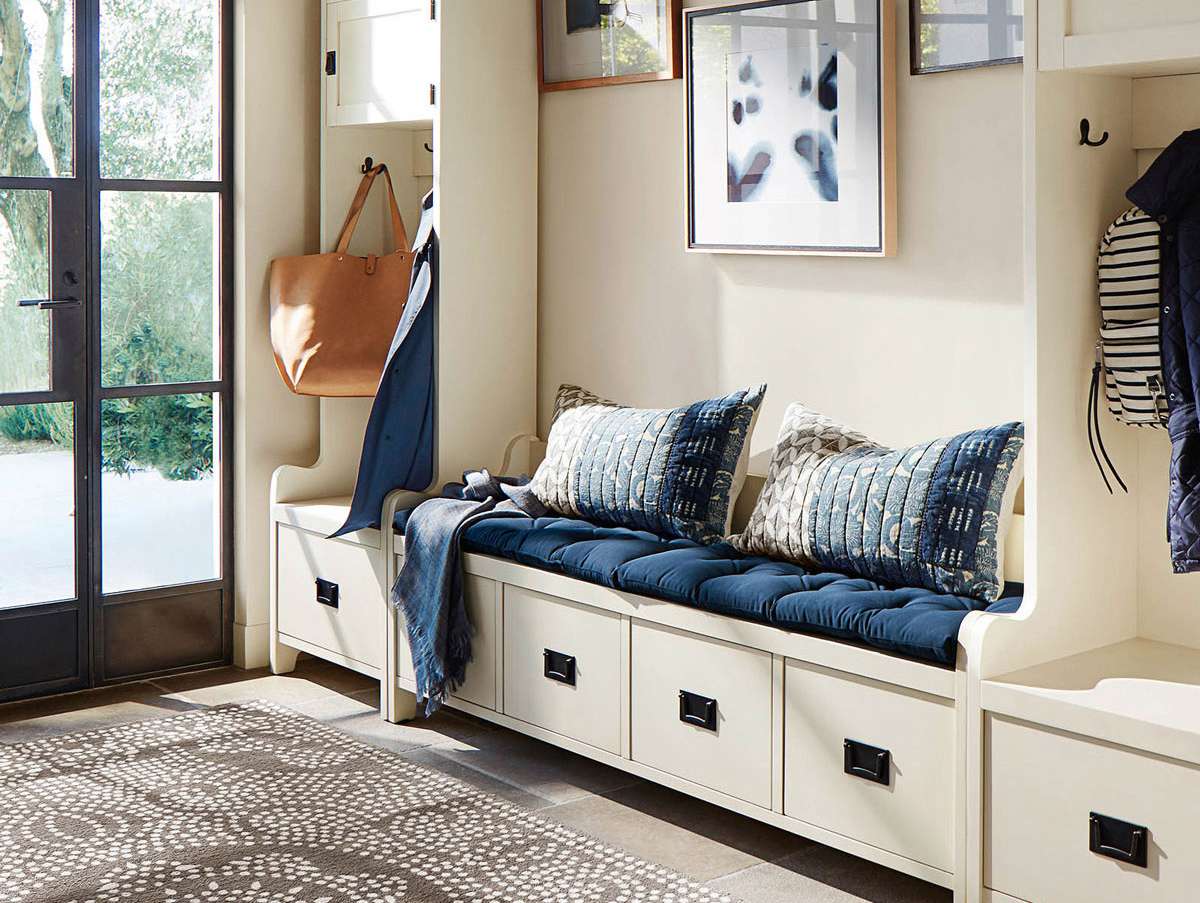
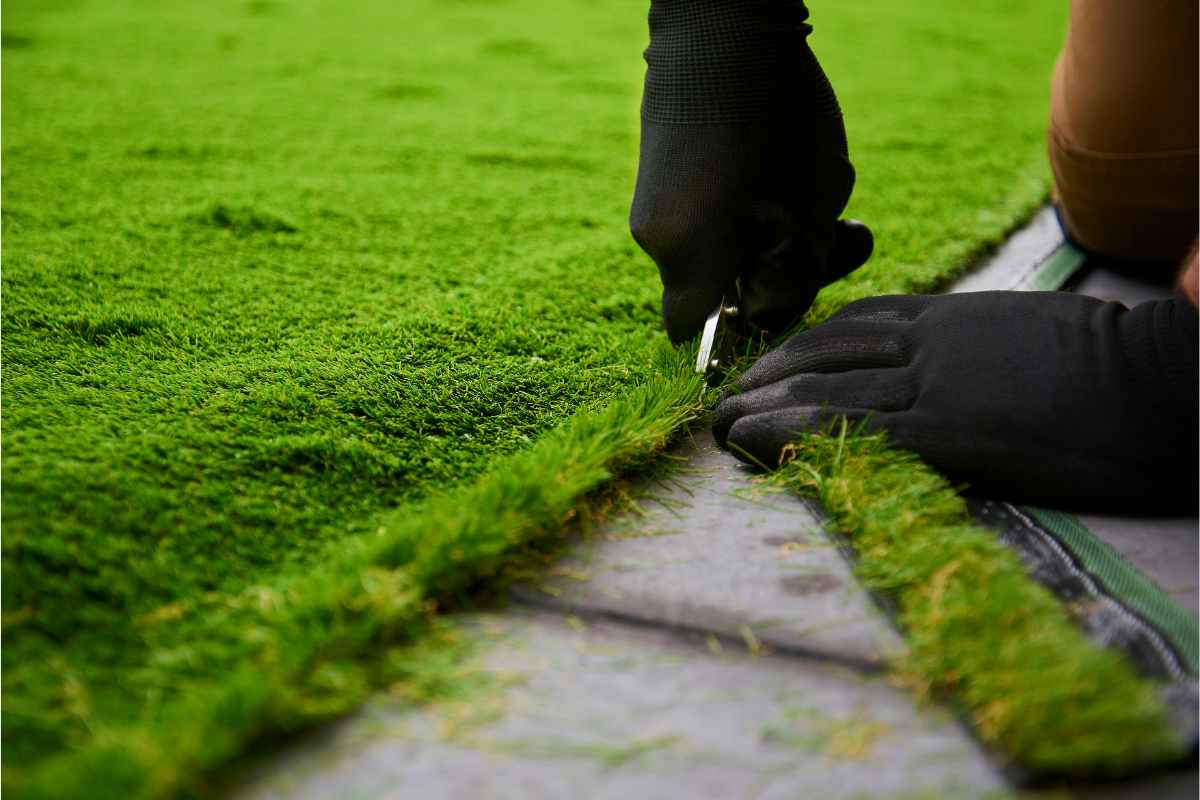

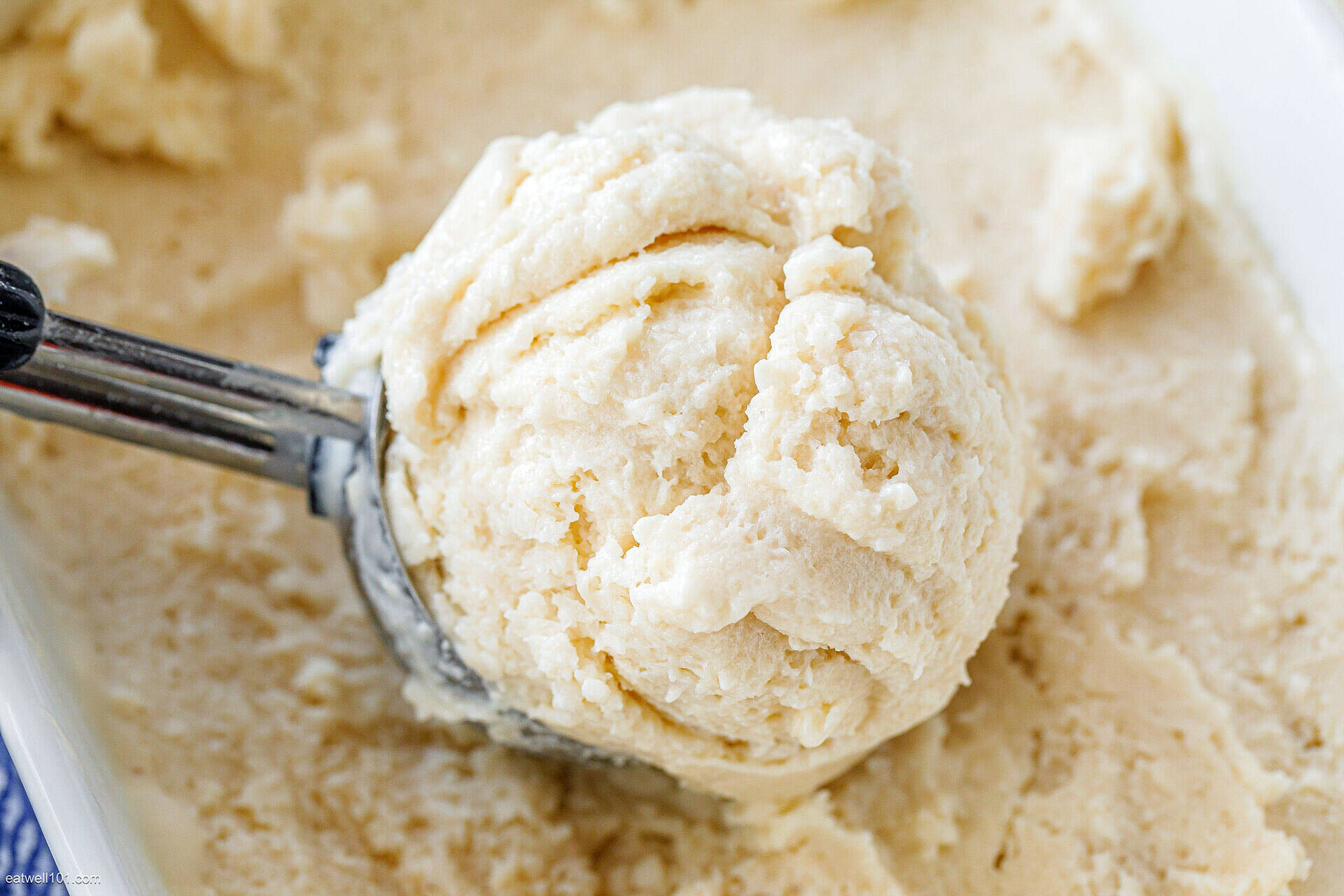

0 thoughts on “6 Ways To Prevent Frozen Pipes”